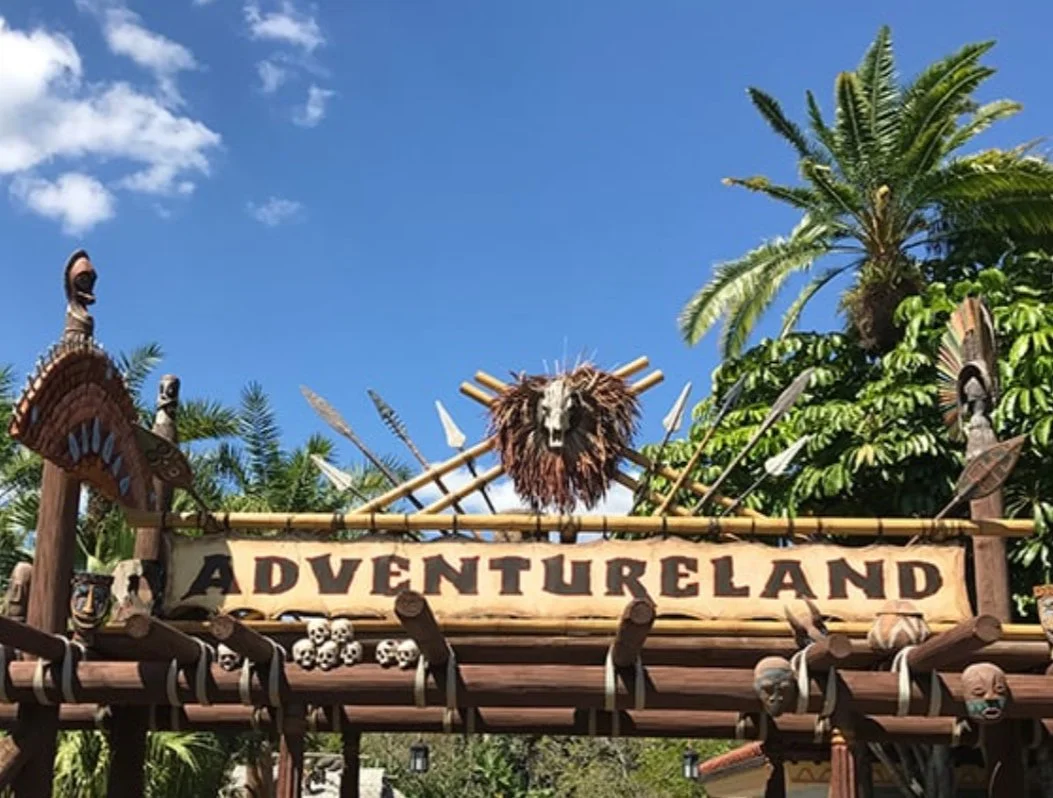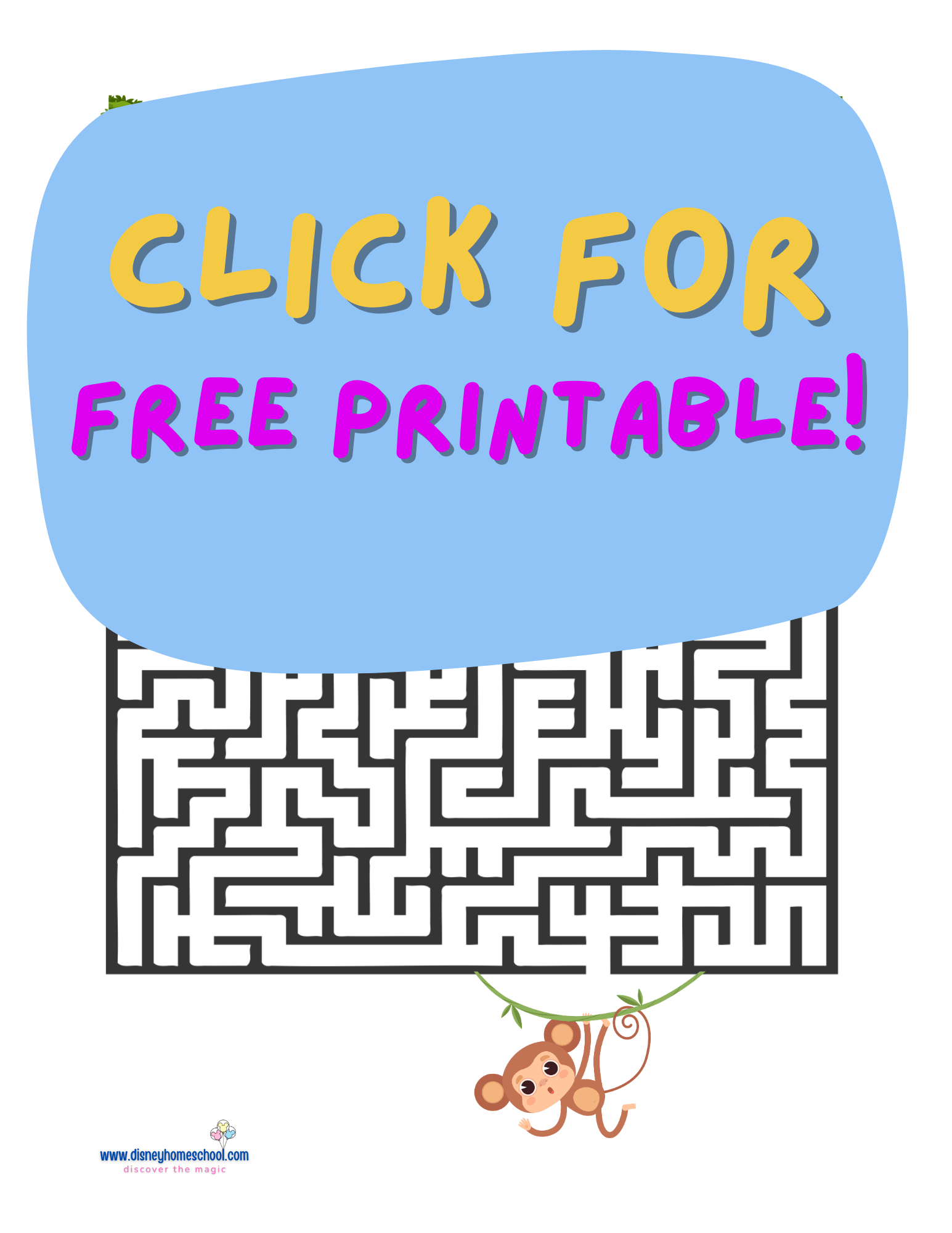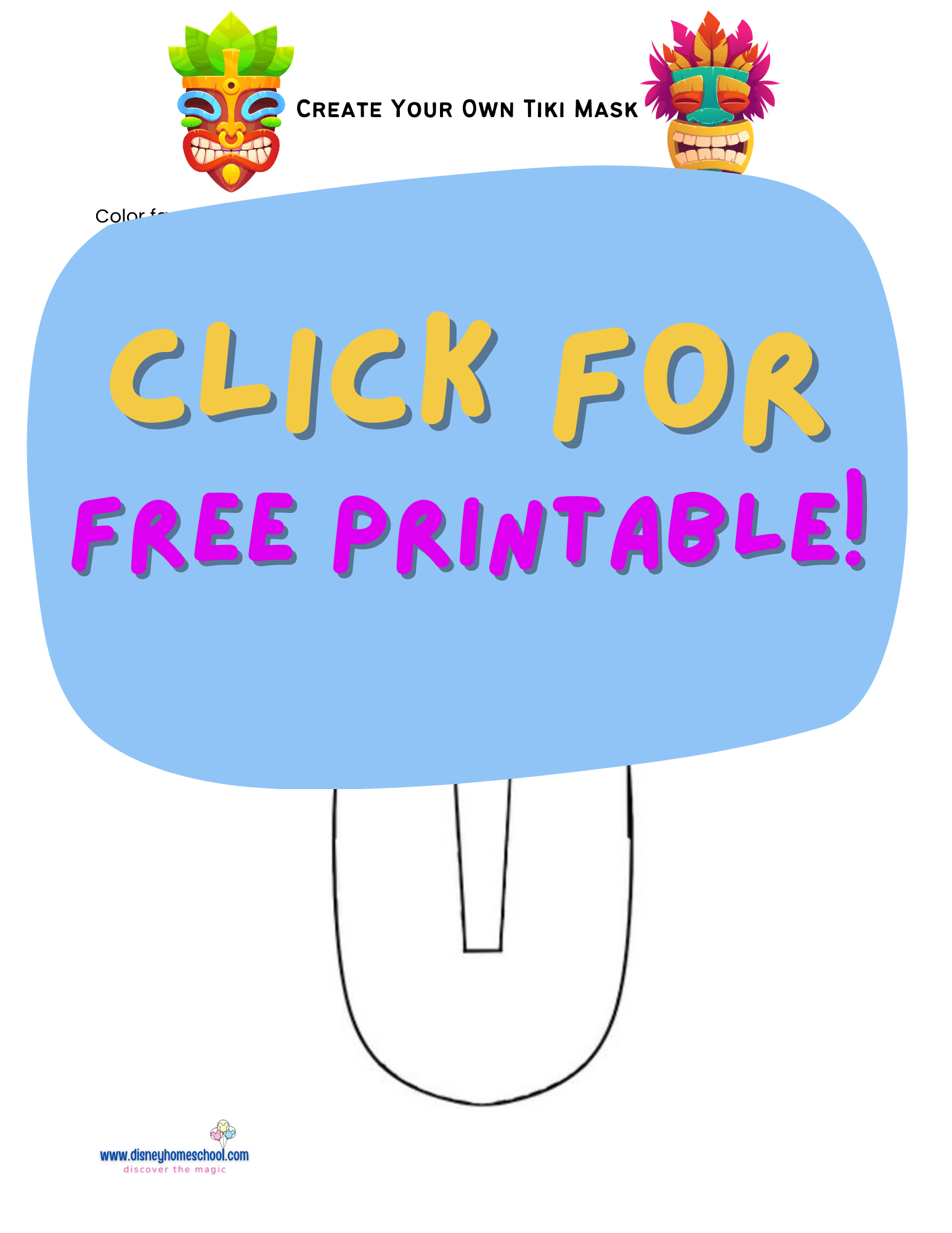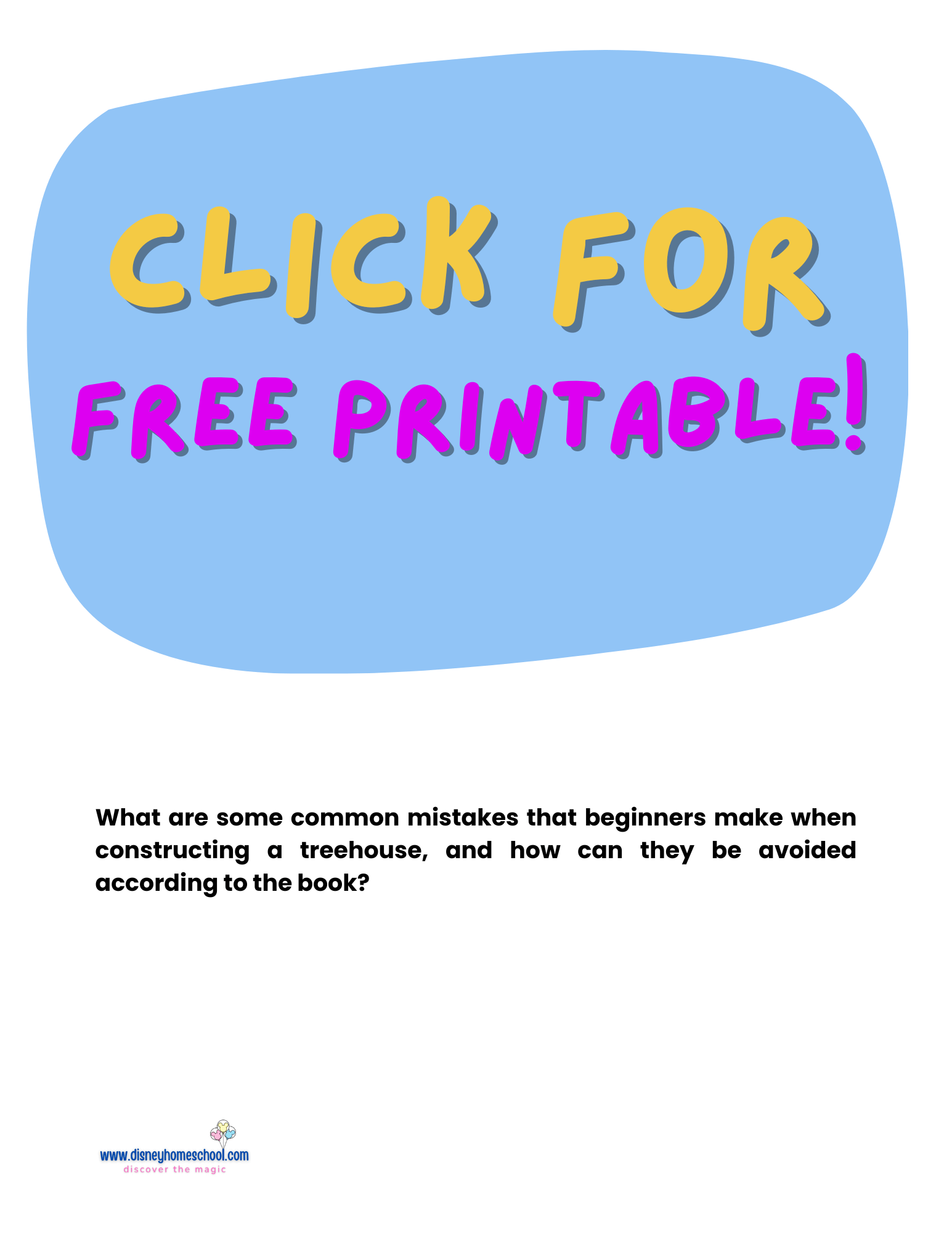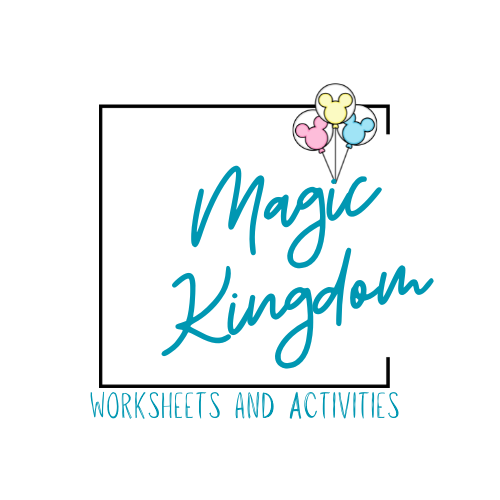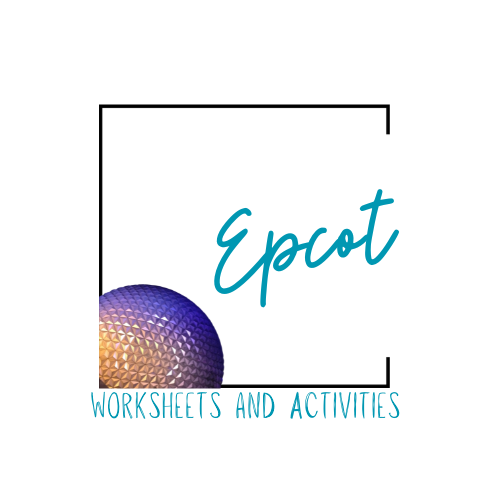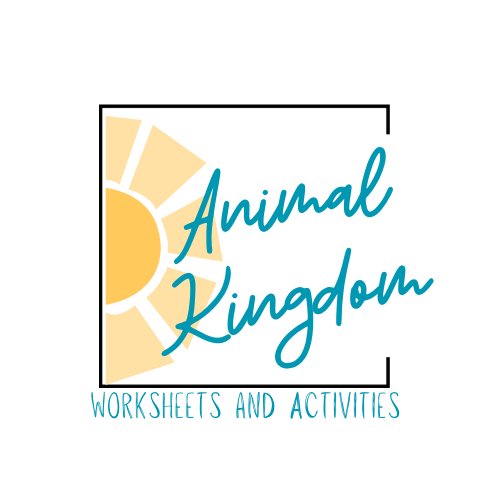Adventureland
Adventureland is one of the original lands of the Magic Kingdom, created to capture the excitement and wonder of exploring far-off, exotic places. Inspired by the spirit of 19th-century exploration and pulp adventure novels, Adventureland combines elements of the South Pacific, Africa, Asia, the Caribbean, and the jungles of South America into one colorful and immersive environment. When the Magic Kingdom opened in 1971, Adventureland was designed to feel wild and untamed compared to the orderly charm of Main Street, U.S.A. Guests step under the wooden sign and immediately find themselves surrounded by dense foliage, winding paths, and the sounds of distant drums and tropical birds. A fun fact is that Disney imported real exotic plants to make the environment feel authentic, and they cleverly "planted" existing Florida trees and plants to create a convincing jungle atmosphere long before the park officially opened.
One of Adventureland’s most famous attractions is the Jungle Cruise, where guests embark on a tongue-in-cheek riverboat journey led by humorous skippers through rivers of the world. Another iconic piece of Adventureland is Walt Disney’s Enchanted Tiki Room, which was groundbreaking when it debuted because it was the first attraction to use Audio-Animatronics technology, allowing birds, flowers, and tiki statues to move and sing in perfect synchronization. Pirates of the Caribbean, although not part of the original Adventureland in 1971, opened a few years later in 1973 due to overwhelming guest demand and quickly became one of the most beloved attractions in the entire park. Adventureland perfectly blends the thrill of exploration with the whimsical humor and storytelling Disney is known for, inviting guests of all ages to step into a world of imagination and discovery.
The Ultimate Magic Kingdom Workbook takes this spirit of exploration even further with activities designed to enhance a visit to Adventureland. Through observation challenges, learning about immigration, and Asian Mythology, children can engage more deeply with the land’s many layers.
Pre-K and Kindergarten
Reading: Wander through the Birch Bazaar, hitch a ride on the Tulip Train, explore the library in the hemlocks, or play birdball high in the sky. There’s something for everyone in Treehouse Town, a world built by children that's as endless as their imaginations. Reading the book Treehouse Town offers children a plethora of learning opportunities that extend beyond the pages. As they follow the adventures of the characters, young readers develop their imagination and creativity, envisioning their own treehouse designs and scenarios. The narrative encourages empathy and emotional intelligence as children relate to the characters’ experiences and challenges, fostering a sense of connection with others. Furthermore, Treehouse Town introduces basic principles of teamwork and collaboration, as the characters often work together to solve problems, teaching kids the importance of cooperation and communication. Through engaging storytelling, children also enhance their vocabulary and reading comprehension skills, laying a strong foundation for their academic growth. Overall, this delightful book serves as an enriching resource for personal and social development while igniting a love for reading.
Math, Matching, and Problem Solving: Complete this jungle themed free printable. Learning about the jungle can be incredibly beneficial for pre-K and kindergarten children prior to their visit to the Jungle Cruise in the Magic Kingdom. By introducing them to the diverse flora and fauna found in jungle ecosystems, educators can spark curiosity and excitement about the adventure they are about to embark on. Understanding the unique animals—such as monkeys, elephants, and exotic birds—that inhabit the jungle can enhance their observational skills and encourage them to identify these creatures during the ride. Additionally, discussing the sounds and sights of the jungle, such as rustling leaves and vibrant colours, helps children develop their sensory awareness, making the experience more immersive. This foundational knowledge not only heightens their enjoyment but also fosters a sense of appreciation for nature and the environment, setting the stage for a memorable and enriching experience at the Jungle Cruise.
Lower and Upper Elementary
Engineering: Create fun treehouse configurations with this set from Learning Resources. Elementary students using the learning resource Treehouse Engineering and Design can gain a variety of valuable skills and knowledge that align with critical educational outcomes. First and foremost, the program introduces fundamental engineering concepts, allowing students to understand the basics of design thinking and problem-solving. As they engage in hands-on activities, learners develop their spatial awareness and learn about structural stability, which enhances their understanding of physics in a practical context. Moreover, the program fosters creativity as students brainstorm and prototype innovative designs, encouraging them to think outside the box.
Art and Creativity: Create your own tiki masks with this free printable. The Tiki Masks at the Enchanted Tiki Room in Magic Kingdom are intricate carvings that embody the rich culture and artistry of Polynesian folklore. Each mask represents different tiki deities, believed to offer protection, wisdom, and prosperity. As visitors enter the attraction, they are greeted by these vibrant and expressive masks, which serve both decorative and thematic purposes. The faces are often adorned with exaggerated features and bright colors, capturing the essence of the island spirit. Throughout the show, these masks play a role in the interactive storytelling, engaging guests with whimsical charm and creating an immersive experience that transports them to a tropical paradise. The Tiki Masks not only enhance the aesthetic of the attraction but also serve to educate visitors about the diverse cultural significance that tiki imagery holds in various Pacific Island cultures.
Middle School
Reading and Engineering: Read How to Build a Treehouse and complete the free printable to implement building strategies and create your own treehouse. Treehouses offer a unique and engaging way to explore mathematical concepts through practical application. For instance, when designing a treehouse, students must consider measurements, angles, and area, thereby applying geometry to determine the appropriate dimensions for floors and walls. The construction process introduces young learners to concepts such as perimeter and volume, as they calculate the space needed for furniture or storage. Additionally, budgeting for materials encourages the use of arithmetic skills, as students add, subtract, and compare costs to stay within their financial limits. Overall, the process of planning and building a treehouse provides a hands-on approach to math, demonstrating how these concepts are relevant and essential in real-world scenarios.
Plant Life and Eco Systems: The Toys By Nature Miniature Worlds Desert Oasis Succulent Garden Kit provides an engaging, hands-on educational experience for children that ties directly to the desert setting of the story of Aladdin. Here’s how it works as an educational tool and how it connects to Aladdin's world:
Educational Value:
Botany and Ecosystems: This kit introduces children to desert ecosystems by teaching them about the types of plants that thrive in arid environments, like cacti and succulents. Through this, they learn how these plants conserve water and adapt to harsh, hot climates, mirroring the desert setting in stories like Aladdin.
STEM Learning: Growing plants from seeds promotes hands-on STEM learning (science, technology, engineering, and math). Kids learn about plant life cycles, photosynthesis, and the role of water conservation in desert environments. This aligns with the natural curiosity evoked by Aladdin’s desert adventures and magical discoveries.
Responsibility and Patience: As the plants grow, kids develop responsibility in tending to their miniature desert oasis. The low-maintenance aspect, with watering only required once a month, is a lesson in how desert plants survive under extreme conditions with minimal resources, echoing themes of resilience found in Aladdin’s character.
Environmental Awareness: Through this kit, children can explore sustainable living and how desert plants require fewer resources, which sparks conversations about environmental challenges like droughts, an issue relevant to real-world desert regions and reflected in Aladdin's world.
Electromagnetic Wave Absorption: The cacti included in the kit naturally absorb harmful electromagnetic waves emitted by electronics, offering a modern educational lesson in how plants can contribute to healthy living spaces.
Connection to the Story of Aladdin:
Desert Setting: The succulents and cacti are ideal representations of the desert environment where Aladdin's story takes place. Children can imagine creating their own miniature version of Agrabah, the desert city from Aladdin, within their succulent garden.
Survival in Harsh Conditions: Just as Aladdin survives in the harsh desert while dreaming of a better life, these plants demonstrate how life can thrive even in the most challenging environments, reinforcing themes of perseverance and resourcefulness.
Symbolic Elements: The oasis idea (a lush, green spot in a desert) connects directly to moments of discovery and wonder in Aladdin, such as when he finds the magic lamp in the Cave of Wonders—a place hidden in the desert, much like the surprise growth of plants in this kit.
By growing a desert oasis, children can feel immersed in the world of Aladdin, experiencing firsthand the beauty and challenges of desert life while learning valuable lessons in science and responsibility.


